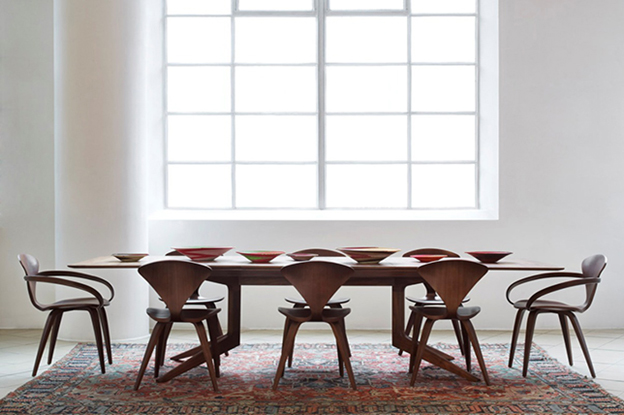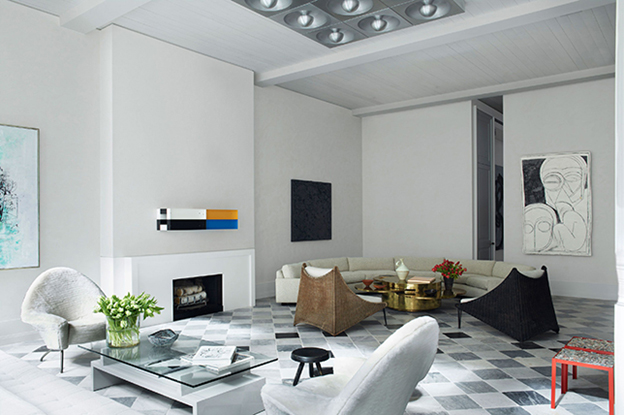Because there’s something calming and pulled together about a monochromatic room, we’re considering its merits and the best ways to make it viable in your home – as a monochromatic interior, with a clever approach, can make a room come alive.
But creating the perfect monochrome room can be difficult; it can be challenging to know where to start with an approach to color schemes, and what does ‘monochromatic’ mean and how far does it extend? To help in defining the style, we turned to Decor Aid designers to help you learn how to design a monochromatic room.
Think of a statement-making monochromatic room, though soothing and simplified, as the complete opposite of shy and subtle. If you’re considering veering away from a selection of polychromatic hues with a monochromatic room design, it may seem a bit daunting at first. Where do you start? How much of one color is simply too much? What can you do from making a limited range of color from coming off a boring or heavy-handed? From subtle to substantial, from neutral to oversaturated, our interior designers and house paint experts weighed in on the good, the bad, and the ugly realities of monochromatic interior design.
A monochromatic room design may sound like it will be a breeze to execute, but to do it well while limiting your scope, can be all the more challenging. When done well, a monochromatic room should take full advantage of tonal takes on a hue with a variety of related tints and shades for a rich and brilliant effect, while adding textures for visual interest. When done wrong, a monochrome room design will come off as tired, uninspiring and stuck with a lack of interest and stimulation.
WHAT DOES MONOCHROMATIC MEAN?
Monochrome isn’t restricted to grays, blacks, and whites. Though monochromatic translates into meaning ‘one color’, with interior design, you’re afforded a little artistic license as ‘one color’ doesn’t mean such a strict approach.
What it does mean in terms of designing a room is choosing different variations on a color. In a nutshell, say you choose orange and use different shades of the same orange tone, or you go for a hue more traditionally used in monochromatic design, like gray.

WHAT CAN MONOCHROME DO?

If you’re looking to highlight an aspect of a room, monochromatic interior design makes for a great direction to go. Be it art, statement furniture or just the room itself, a monochromatic color scheme is certain to draw attention to the parts of a room you want to be noticed.
Monochrome color schemes are harmonious and relaxing too, and they’ll work perfectly in any part of your home where relaxation is key. And they can still have a dramatic effect without having to contrast colors and are an excellent way of repeating colors without having to think about it too much.
CHOOSING COLORS
When considering monochromatic color schemes our interior designers suggest that you use three colors. Select your color and choose a range of three shades – one dark, one in the middle, and one light. This will help you create a cohesive look.
A smart practice of choosing hues is to select your base shade from a paint chart, and then use that paint chart to choose different colors which have the same base, from light to dark.



















Your Message